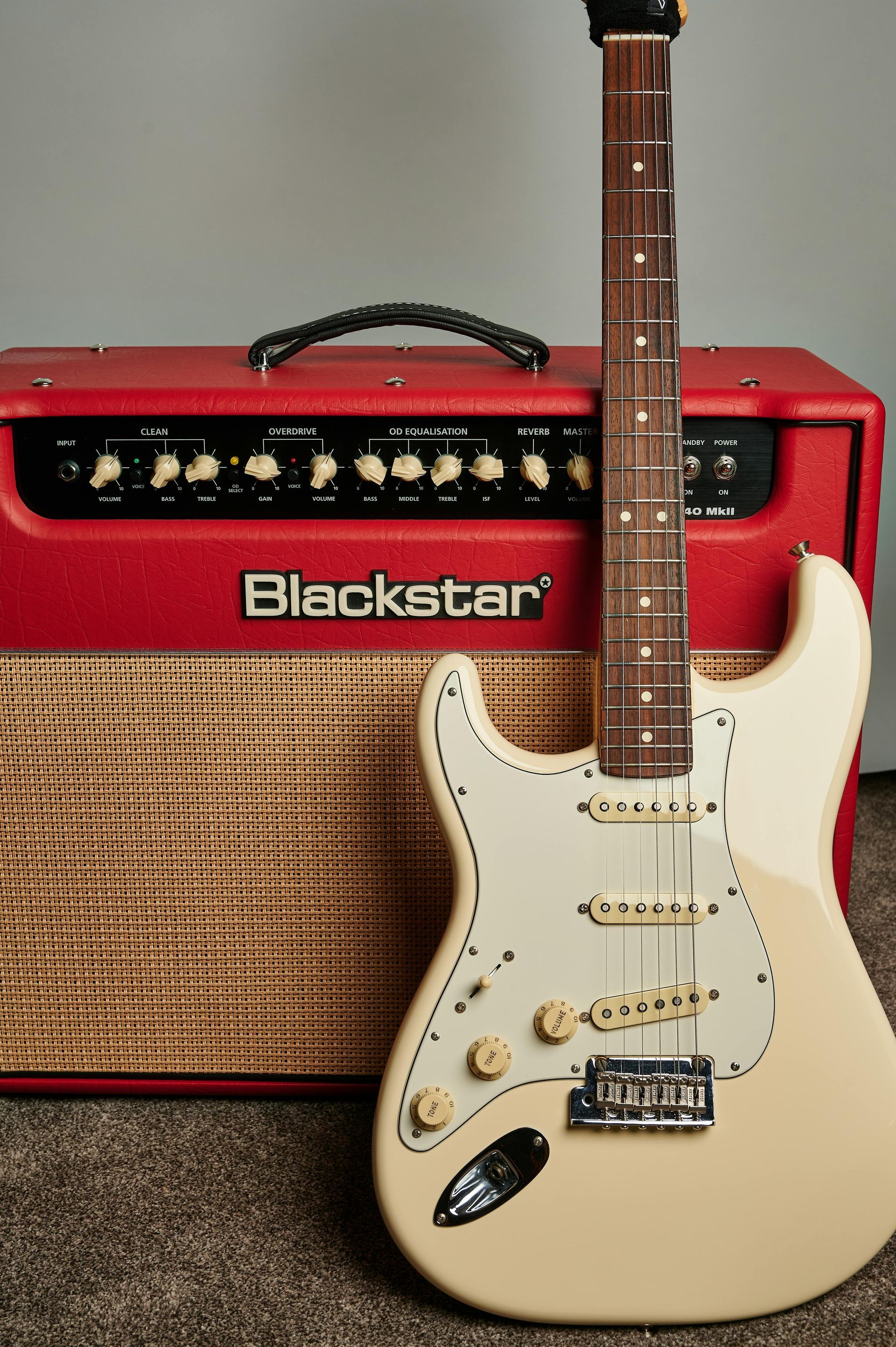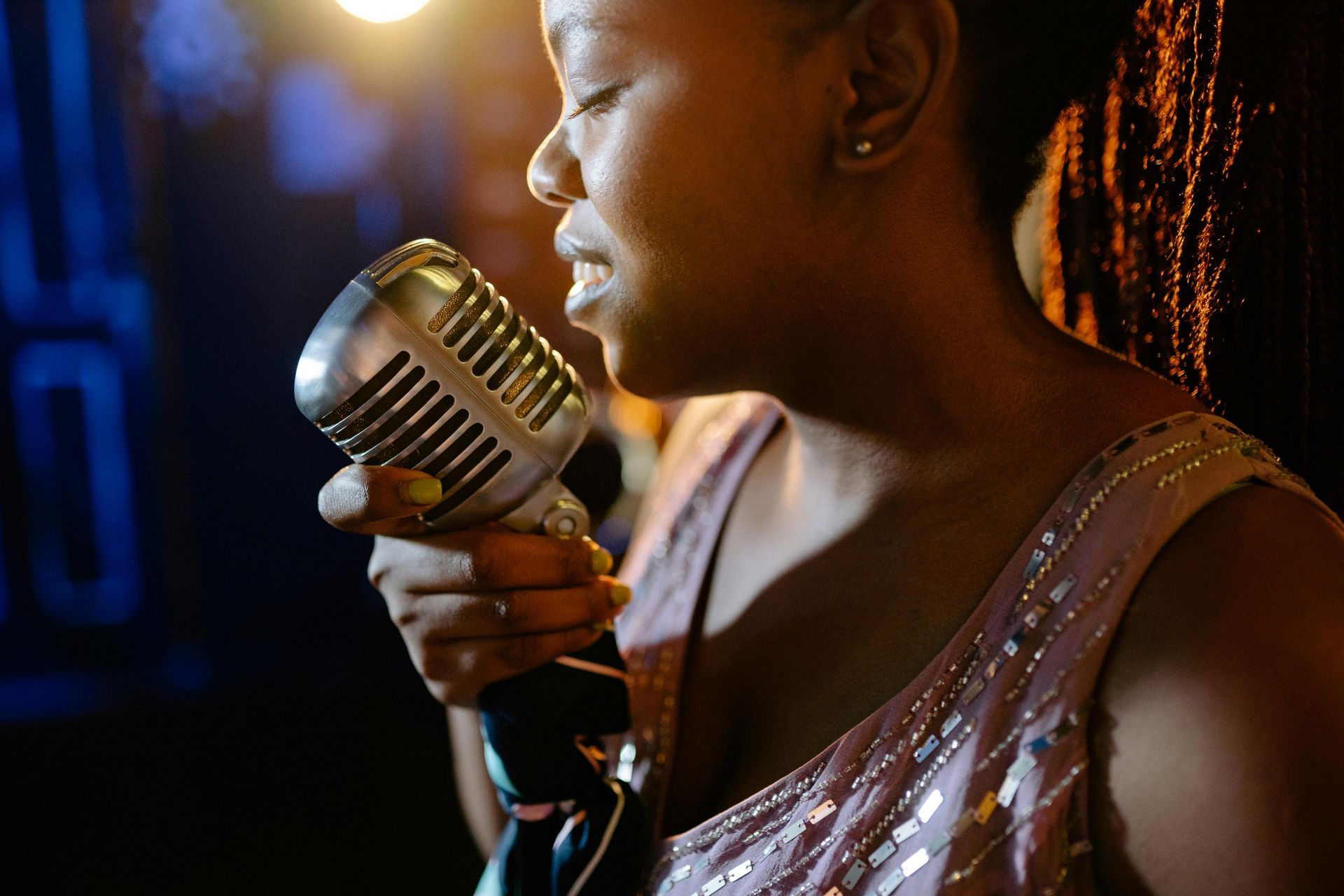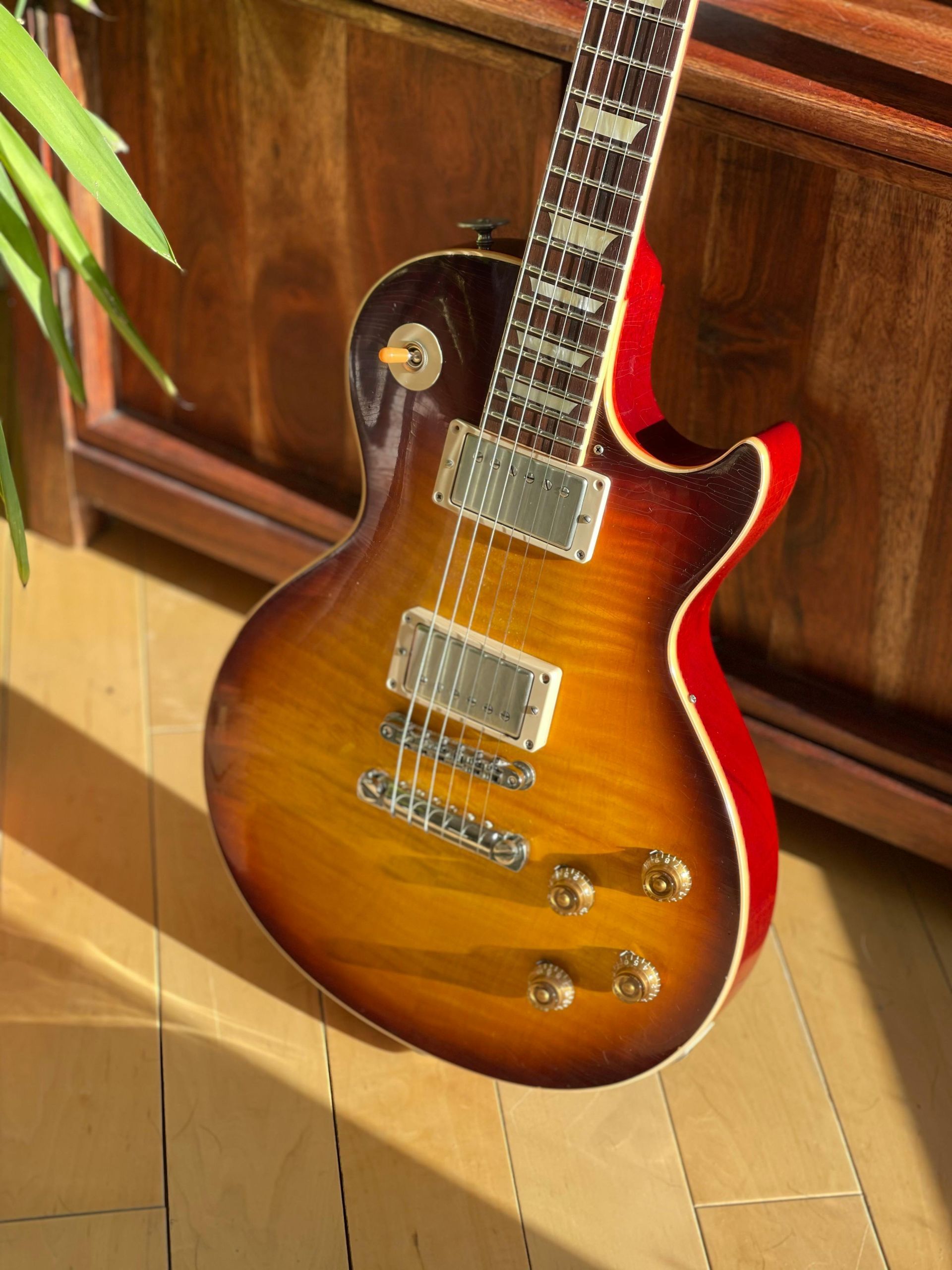Guitar Posture: Building Habits for Comfort & Technique
Whether you're just starting out or have been playing for years, your guitar posture affects everything from your comfort to your technical abilities.
Poor posture not only leads to discomfort and potential injury but can also limit your playing progress. Let's look at how to position yourself properly for both seated and standing play…

Seated Position: The Foundation
When playing seated, start with a chair that allows your feet to rest flat on the floor. Ideally, choose a chair without arms that allows free movement of your elbows.
The traditional classical position places the guitar on your left leg (if right-handed), with the waist of the guitar resting on your thigh. The neck should angle upward at about 45 degrees. This position provides the best access to the fretboard and reduces strain on both wrists.
For casual or steel-string playing, many guitarists prefer resting the guitar on their right leg. If you choose this position, be careful not to let the guitar neck drop too low, as this causes your fretting hand to work harder.
Your Upper Body
Regardless of whether you're sitting or standing:
- Keep your back straight but not rigid
- Relax your shoulders down and away from your ears
- Position your elbows away from your body, not pinned to your sides
- Maintain a straight wrist on your fretting hand whenever possible
One common mistake is hunching over to see the fretboard. Instead, bring the guitar to you rather than bending down to the guitar. Your head should remain aligned with your spine.

Standing Position
When standing, adjust your strap so the guitar sits at approximately the same height as when you're seated.
Many beginners wear their guitars too low, which looks cool but creates unnecessary strain on the wrists and shoulders.
The guitar should feel balanced against your body. If the neck keeps dropping when you remove your fretting hand, your strap may need adjustment or the guitar might be neck-heavy.

Hand Positioning
Your fretting hand thumb should generally rest on the back of the neck, roughly opposite your middle finger.
This creates a C-shaped space between your thumb and fingers, allowing your fingers to arch and press the strings with their fingertips.
Your picking hand should hover naturally over the sound hole (for acoustic) or pickups (for electric) without your arm being tensed. Your wrist should maintain a gentle curve, not bent at extreme angles.

Common Posture Problems and Solutions
Hunched shoulders.
- Take frequent breaks to roll your shoulders backward and down
Bent wrist
- Adjust the guitar's position until your wrist can remain straight
Thumb wrapped over the neck
- Fine for some techniques, but practice proper classical position for technical passages
Neck aimed at the floor
- Raise the headstock until it's visible in your peripheral vision without looking down

The Mirror Test
Practice occasionally in front of a mirror or record yourself playing.
You'll be surprised how your perception of your posture differs from reality. Check specifically for…
- Level shoulders
- Straight back
- Relaxed arms
- Proper wrist alignment
Remember, good posture shouldn't feel stiff or uncomfortable. The goal is a balanced, relaxed position that allows free movement and reduces strain.
It may take time to adjust if you've developed different habits, but the benefits to both your playing and your physical health make it well worth the effort.











